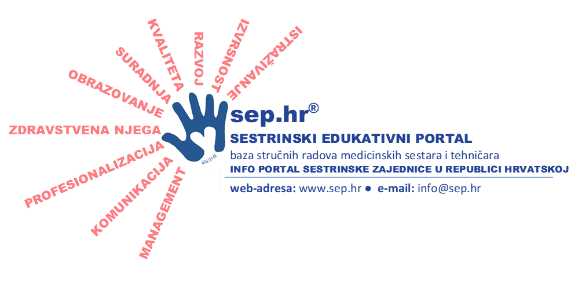Autori: Pernilla Karlsson
Ustanova zaposlenja: SWEDEN
Ključne riječi: Advanced life support, CPR , education
Kongres/Simpozij: ”5. Međunarodni kongres HDMSARIST-a” i ”8. Međunarodni kongres WFCCN-a”
Mjesto i vrijeme održavanja: Šibenik, 12.-15. travnja 2012. godine
The Background: There are about 100 employees at the anesthesia department and in the ICU in Danderyd Hospital, Stockholm. Nurses and assistant nurses are working together either at the ICU or at the post anesthesia department. In both these wards unexpected cardiac arrest or life threatening arrhythmia can occur.
The policy of the hospital is that all personal working in the hospital must undergo ALS (Advanced Life Support)/BLS (Basic Life Support)-education once a year to prevent or to start CPR when necessary, a target which has been impossible to reach through the years.
Since many years, the department have had nurses working as educators related to issues related to CPR and ALS but it has been difficult to meet the target to give education to all nurses an assistant nurses. Several instructors left the hospital in the autumn of 2010 and the remaining instructors in the CPR group had to develop a new approach to become successful and meet the goal.
Project aims: Our aim was to structure the CPR activity in the clinic, train all staff in intensive care in ALS/BLS 2011 and maintain a high competence of CPR at ICU.
The intended learning outcome was that all staff had gone through a training program in ALS/BLS and would feel comfortable to start CPR if cardiac arrest should occur in one of the admitted patients Biggs J.B 2003.
Implementation (Method): The educators met at regular meetings, minutes were written, a target plan was made. A total of ten training sessions were organized during 2011. Nurses, assistant nurses and doctors were trained together in inter-professional learning sessions. Communication is important when to find the perfect balance between different professional competences and skills (Mogensen et al., 2006, s. 71-72).
After each training session, participants were asked to fill in an evaluation form. The result was reported to the head nurse and the clinical teacher at the Intensive Care Department. Support from these persons became an important aspect for success with the program.
Effectiveness (Results): 92% of the staff went through the BLS and ALS until May, and almost 100% had been trained through the end of the year 2011. Evaluations after the training sessions were compiled with several suggestions for improvement as we started working with them. The participants were very satisfied with the education and all felt that their skills improved. The cooperation in the CPR group worked very well with many happy memories and laughter. To make a team work properly and contribute to effectiveness is it important that the team participants devolves in a supporting environment, and that individual performance is observed. Situations where individuals make less effort are avoided, when motivation is high (McShane & Von Glinow, 2005, chap 9).
